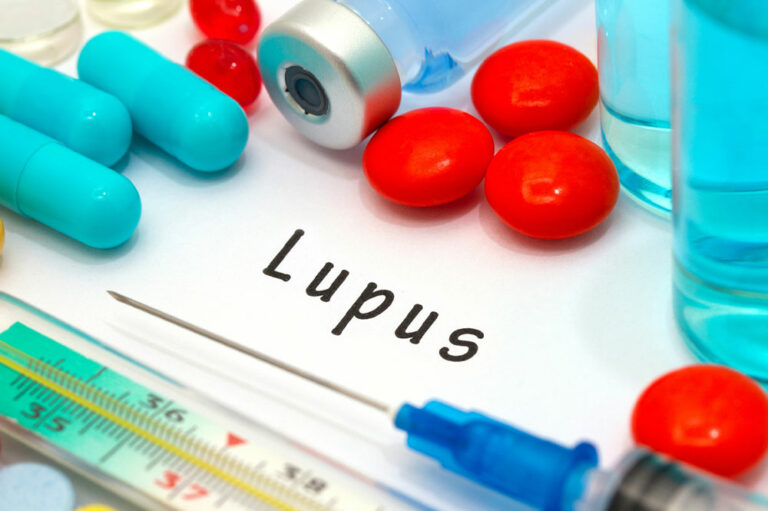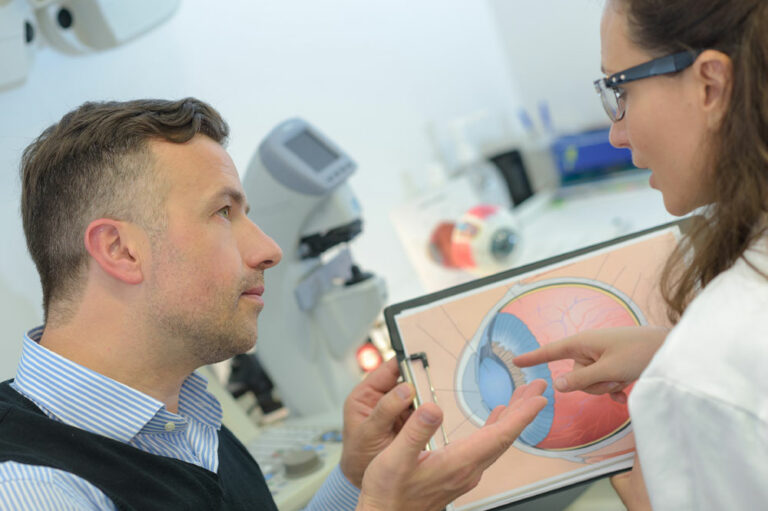
01
Eczema – Causes, Symptoms, Management, and More
Eczema is a condition that affects the skin and causes redness, itching, and dryness. It can be very uncomfortable and can affect any body part. It can also cause psychological distress and can be challenging to manage. Thankfully, several guidelines can be followed to help keep skin healthy and avoid the symptoms of eczema. This article will discuss the causes of eczema, the signs and treatments, and a few guidelines for avoiding eczema symptoms and treatment. Introduction to eczema Eczema is a skin issue often characterized by redness, itching, flaking, and dryness. The situation is often accompanied by swelling, crusting, and even blistering of the skin. It can affect any body part, including the face, hands, arms, and legs. Eczema is not a contagious condition, but it can be uncomfortable and affect the quality of life. People with a family history of eczema are more likely to develop the condition. Other d that may increase the risk of eczema include stress, allergies, and certain skin irritants. What are the main causes of eczema? The exact cause of eczema is a combination of genetic and environmental factors. People with a family history of eczema are more likely to develop the condition.
Read More 









